The global economy is becoming increasingly digitized.

The demand for a digitally skilled workforce continues to rise. Digital skills are fundamental to communication, employment, education, and socialization.
These skills will shape the workforce of tomorrow and become a significant contributor towards creating an equitable society.
Schools can play a huge role in the expansion of these digital skills and competencies.
There are simple ways for educators to create opportunities for students to practice and improve their digital literacy skills — the same skills they can take with them into any classroom and job setting in the future!
Defining Digital Literacy 💻

Digital literacy is an individual's ability to find, evaluate, and communicate information through the use of digital devices and other media on various digital platforms.
This includes everything from searching online to website development. By developing digital skills, students are able to better communicate and collaborate, develop and share digital content, and solve problems in today's global economy.
Schools as the Birthplace of Digital Skills ⚙️
According to the World Economic Forum, 65% of today’s primary school students will be working in a job that currently doesn’t exist.
It's imperative that we equip these children with the skills needed to thrive in the workplace of the future.
In the absence of strong public policy — even though in 2014 the U.N Committee on the Rights of the Child advised member governments to include digital literacy in their national school curriculums — our schools must lead this initiative.
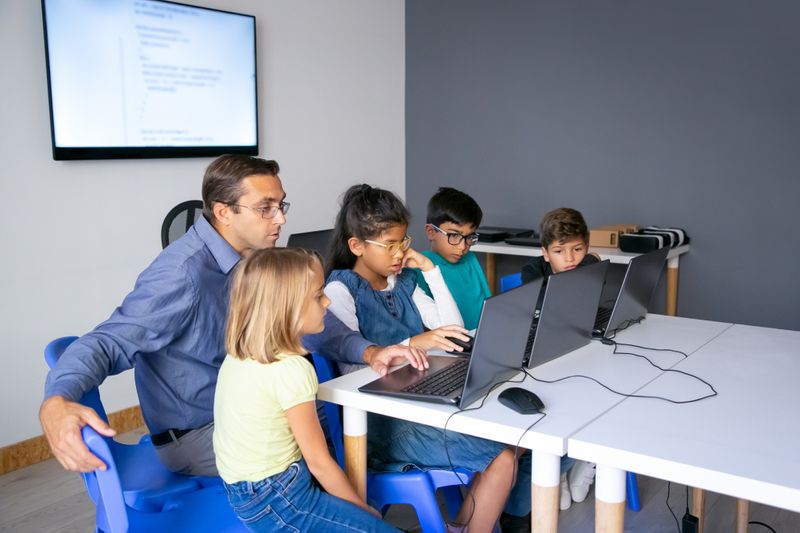 Image by pch.vector on Freepik
Image by pch.vector on Freepik
Bringing Digital Literacy To The Classroom 📚
Incorporating digital technologies into the classroom can lead to profound advances in student engagement and learning which can ensure that students are keeping up with the demand of a technology based world.
-- Chloe D’Angelo, University of Ontario Institute of Technology
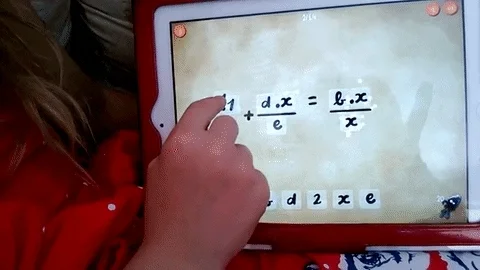
Offer students the opportunity to show what they know using technology
Provide access to supplementary materials online
Use educational apps for in-class activities and homework exercises
More Ways to Introduce Digital Skills in the Classroom — Without a Defined Curriculum ⌨️
Technology skills are the fuel for further progress and innovation in society, business and government.
-- Dr. Peter Dry, teacher and scientist
Provide opportunities for students to code, create digital games, etc.
Ensure access to robotics through classes or after-school/weekend clubs.
Create summer programs that focus entirely on digital skills.
Integrate technology across subjects so that students aren't learning these skills in isolation or passively.
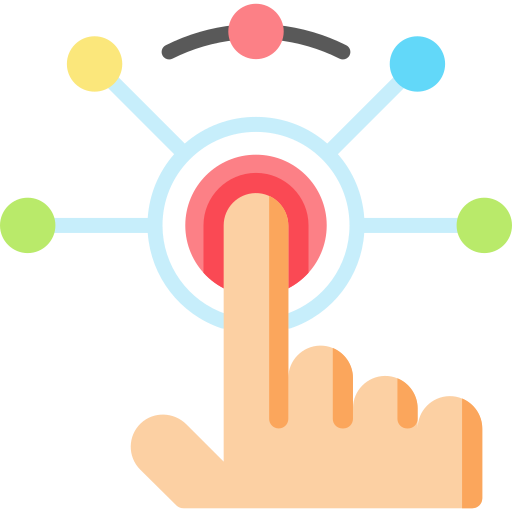
Top Digital Literacy Skills Employers Want To See 📧
As technology continues to evolve, a major digital transformation is happening in the workforce. Because of this increased demand and reliance on technology, it's important that students have the opportunity to develop their digital skills.
What are some of the most "in-demand" digital skills?
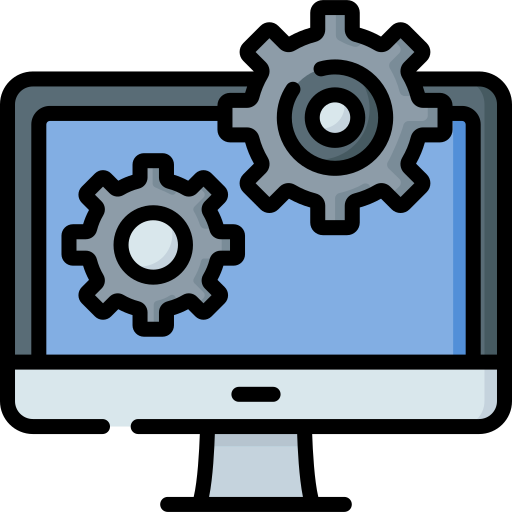
1. Computer Literacy
Knowing their way around the digital landscape is key. By providing students an opportunity to explore the digital world in school, they'll become more familiar with key terms and common platforms used in the workforce.
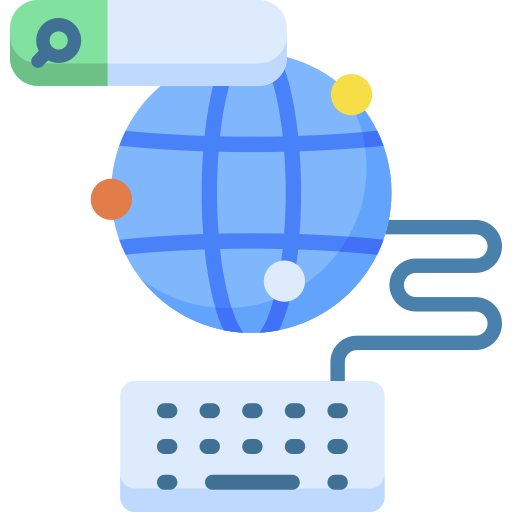
2. Web-based Communications and Research
With new technology being created every day, it's important for students to be life-long learners. The ability to independently research and problem-solve is a highly valuable skill.

3. Email and Chat
Whether collaborating through Google Docs or using the latest work operating systems, students need to learn how to communicate effectively. The classroom can be a wonderful resource for students to practice and improve their email and chat skills.
Quiz
Which of the following tasks will help students develop digital skills for future employment?
Case Study: The Tech Pillar of the JA Company Program 🔑
In 2019, Junior Achievement identified technology as a strategic pillar of the JA Company Program in Houston.
We strived to create familiarity with tech, and with our robust competition framework, pivoted from the traditional classroom model to focus more on ideation and design.
We focused on creating an innovation mindset amongst our teen entrepreneurs using technology for inspiration and as a source of creativity.
Students worked on a Tech Innovation Challenge every year, rooted in innovations that would re-imagine or enhance existing tech solutions to real world problems.
Check out this report to learn more about the success of our program! 👈

Take Action
Digital literacy is a transferable skill!
The ability to adapt to new technology is a skill that will grow every time students explore new and existing technologies.
Whether it means working on a simple tech challenge focused on design or learning to use social media to promote their personal brand, there are boundless possibilities to explore in and outside of the classroom.
 Photo by Ahmad Faiz on Unsplash
Photo by Ahmad Faiz on UnsplashCheck out more Bytes on this topic!
Your feedback matters to us.
This Byte helped me better understand the topic.
